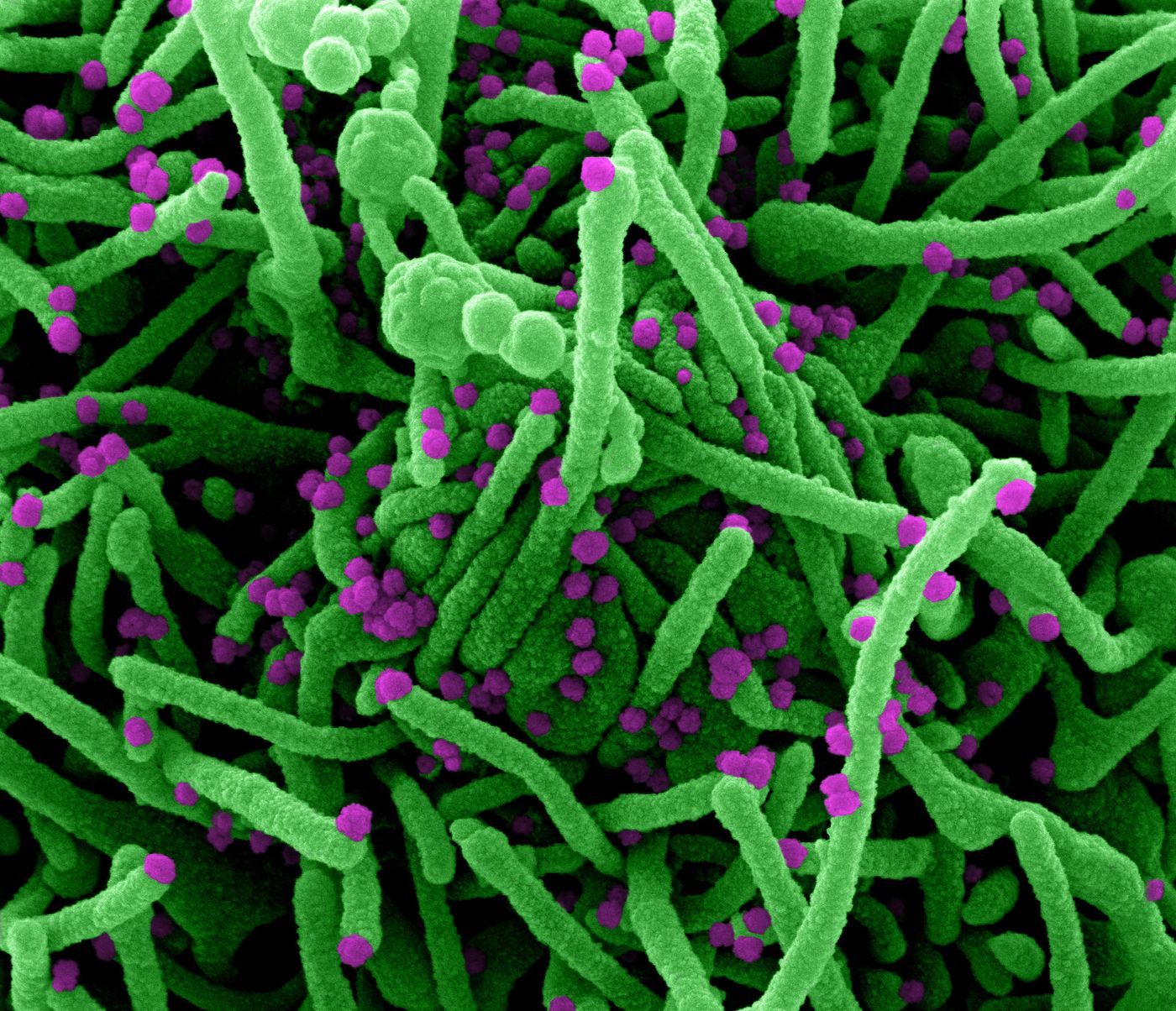A Proposal: COVID-19 is so Deadly Because it Absorbs microRNAs
There are several coronaviruses that we know about, and they cause a wide range of illnesses. Some, like SARS-CoV-2, are deadly for some people they infect. MERS and SARS had even higher death rates during their outbreaks. But other coronaviruses only cause colds. Scientists are trying to learn more about why that is. Researchers have now used a bioinformatics- and literature-based analysis to propose that SARS-CoV-2 can act to 'absorb' microRNAs like a kind of sponge, which disrupts the immune response, helps the virus multiply, and cause disease. The study has been reported in the American Journal of Physiology-Lung Cellular and Molecular Physiology.
In cells, the molecular machinery uses the genome as a template to produce RNA. Many of the well-studied RNA molecules in people produce proteins. But researchers are learning more about RNAs that aren't meant for protein production. Some can impact gene expression. MicroRNAs (miRNAs) are very short and can bind to complementary RNA sequences (as outlined in the video below). That impedes the cell's machinery and can stop protein-producing RNAs from being translated into proteins. The cell can use miRNAs to modulate gene activity in a focused way.
There are other viruses, like Epstein-Barr virus, herpes, and hepatitis C viruses that could have this ability too. In this study, the researchers applied bioinformatics tools to find sequences in the SARS-CoV-2 genome that can bind to known human miRNAs. They identified 896 sites on seven coronavirus genomes; they included four coronaviruses that aren't pathogenic, and the pathogens SARS, MERS, and SARS-CoV-2 in their research. The pathogenic viruses carried more miRNA binding sites, and they also tended to attract miRNAs that were different from the non-pathogenic coronaviruses.
These dangerous coronaviruses might be able to bind to human miRNA in the cell and dysregulate gene expression in a way that benefits the virus or causes problems in the cell. SARS-CoV-2 was shown to be complementary to a unique set of 28 miRNA (MERS and SARS were also each linked to their own sets of 24 and 21 miRNAs, respectively).
For the miRNAs that were connected to SARS-CoV-2, they tend to be active in bronchial epithelial cells. Disruption in these miRNAs has previously been associated with lung problems like lung cancer, cystic fibrosis, and tuberculosis. Some have been proposed to be tumor suppressors.
It may also be that in some people, these miRNAs are already present at low levels, which could help explain the wide variation in how the infection presents in different people.
The researchers acknowledged that this idea will need to be validated experimentally before it should be accepted as part of the pandemic viral mechanism.
Sources: AAAS/Eurekalert! via University of Alabama at Birmingham, American Journal of Physiology - Lung Cellular and Molecular Physiology









